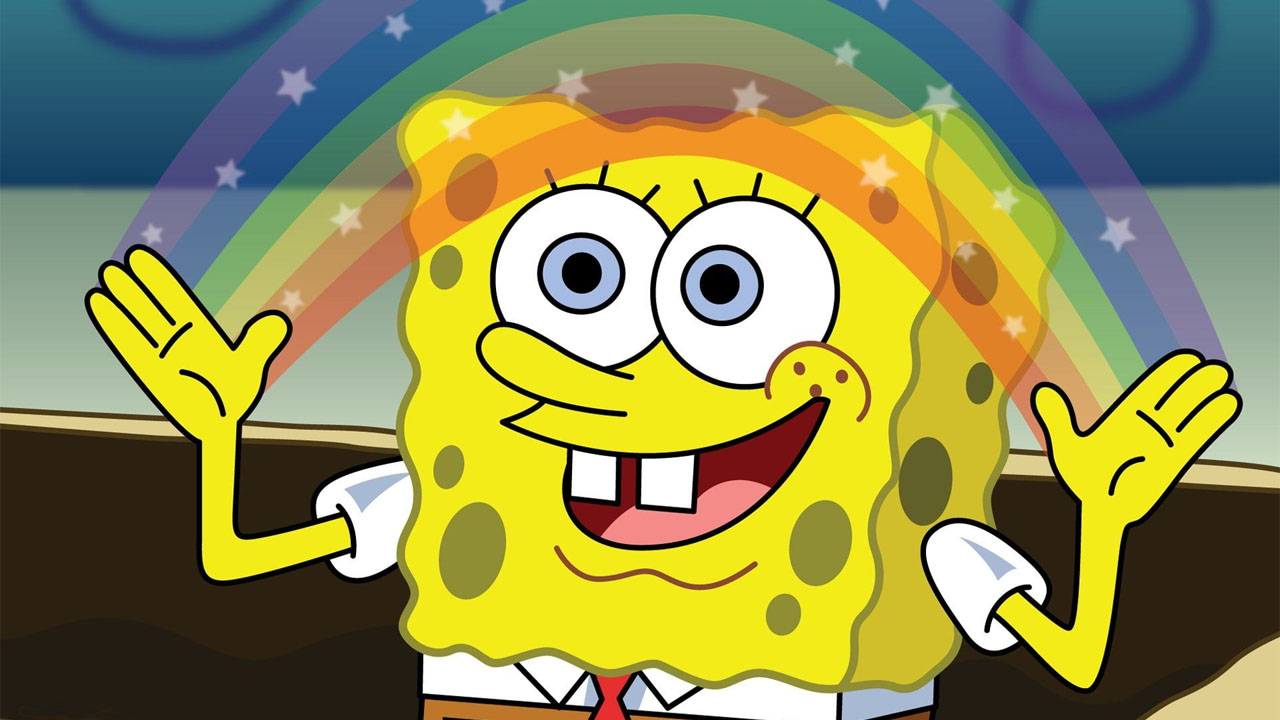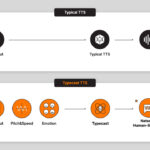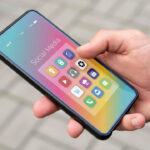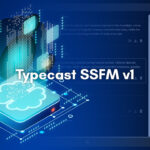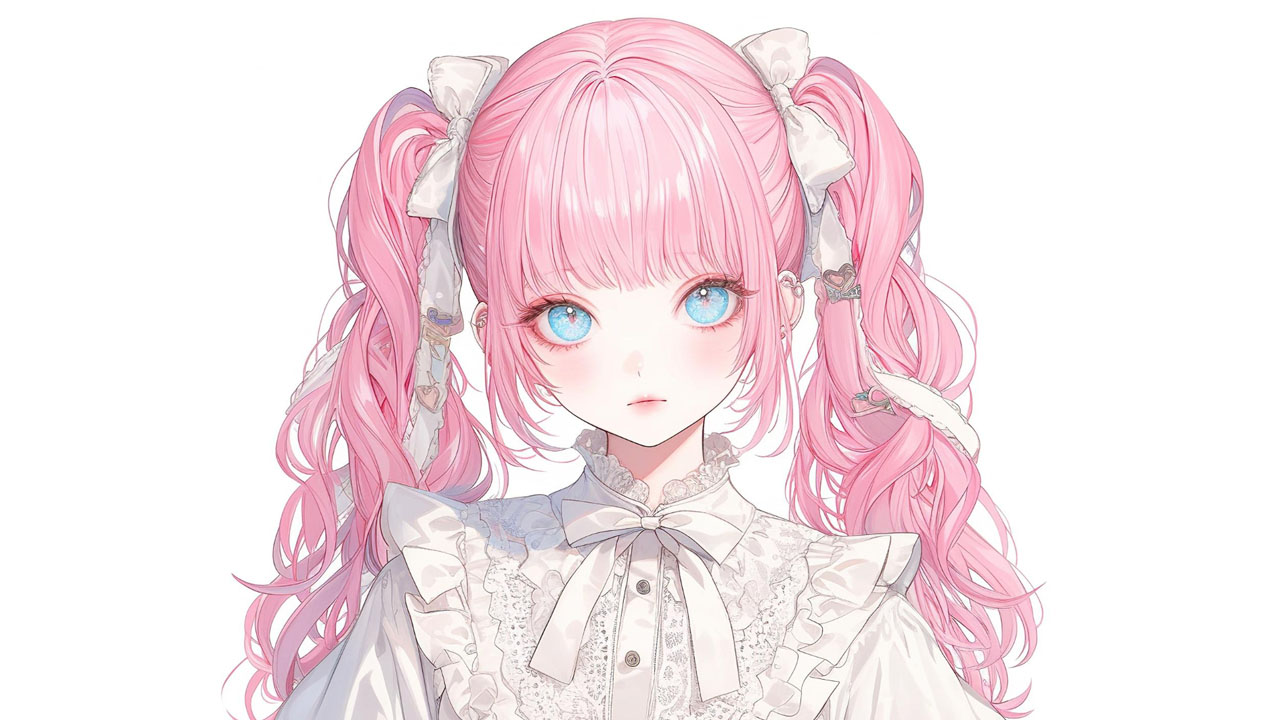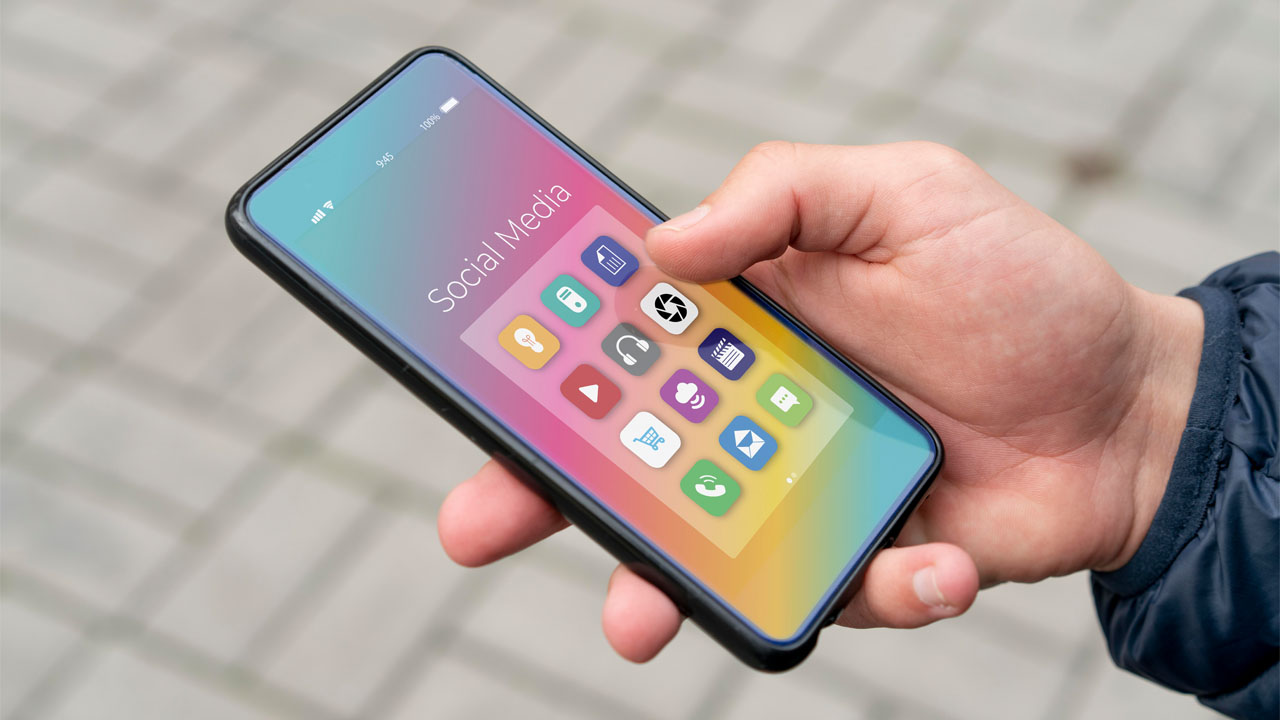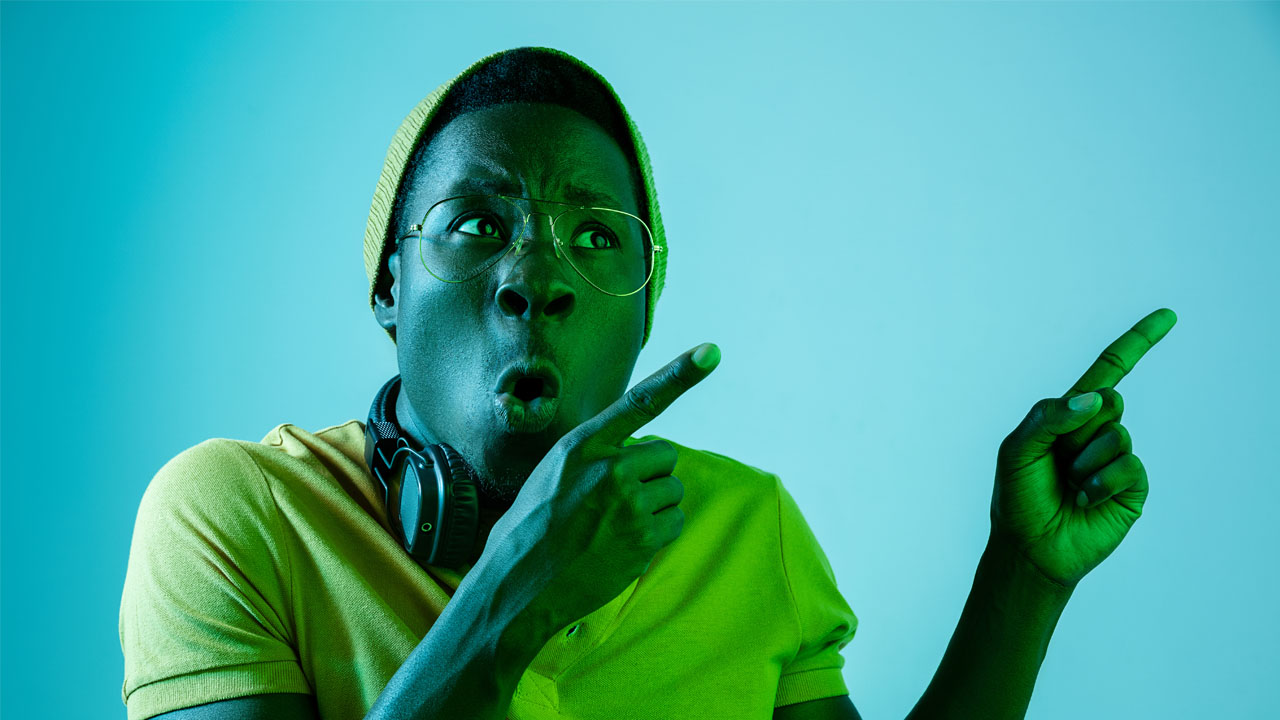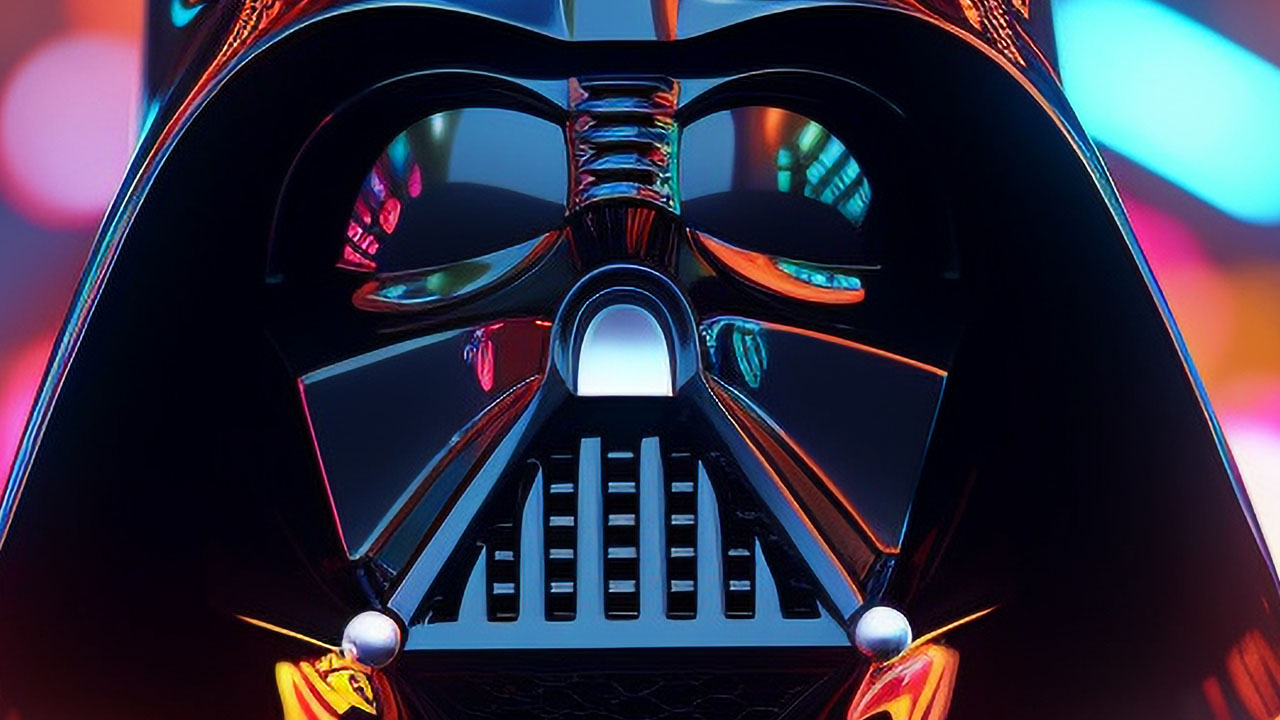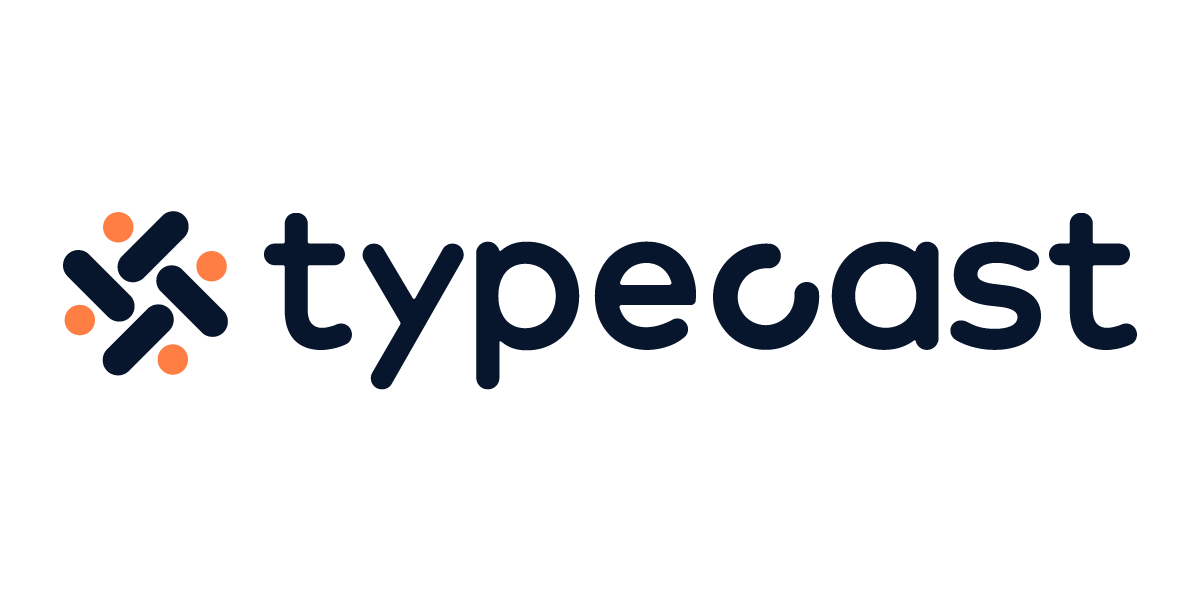Many text to speech programs fall short of producing a convincing Spongebob voice. Despite larger voice sample libraries, most tools still need help with consistency and quality. In addition, it’s unlikely that content creators and YouTubers are using Spongebob text to speech programs for anything other than pranks or jokes. It’s not always about what you need to use the voices for, but how they sound.
However, the fact remains that there are several caveats to trying to use the giddy, pineapple-dwelling sea sponge’s voice to convert text into audio. This article will discuss the factors that make most SpongeBob text to speech programs bad.
Spongebob Text to Speech Voice Generator: Why They’re No Good
Creating scripts, doing streams, or making your animation videos using Spongebob’s voice is a neat idea, but typically the output leaves something to be desired. One of these critical issues is the voice quality in a text to speech program. This is because most Spongebob text to speech programs are not recordings of the original voice actor.
So, instead of being voiced by Tom Kenny, they generate unnatural audio. Using celebrity or character AI voice-over software is a gray area at best, but we’ll discuss the complexities briefly.
Are all text to speech tools the same?
While AI text to speech programs are improving, they are years away from being able to replicate the same nuances used by professional voice actors. Therefore, it’s essential to understand that FakeYou, Uberduck.ai, and other online text to speech tools are still mainly impressionistic takes on popular characters and celebrities.
So most of these tools lack the subtleties of the original performer. So even if their libraries offer more voices, you’ll lack the quality and accuracy of a professional. Regardless, many text to speech programs generate high-quality voice-overs and do other work.
What are some of the different tools for generating speech online?
Several online tools enable audio production with their online text to speech programs. Among them are text to speech, voice changers, and voice cloning tools.
What is voice cloning?
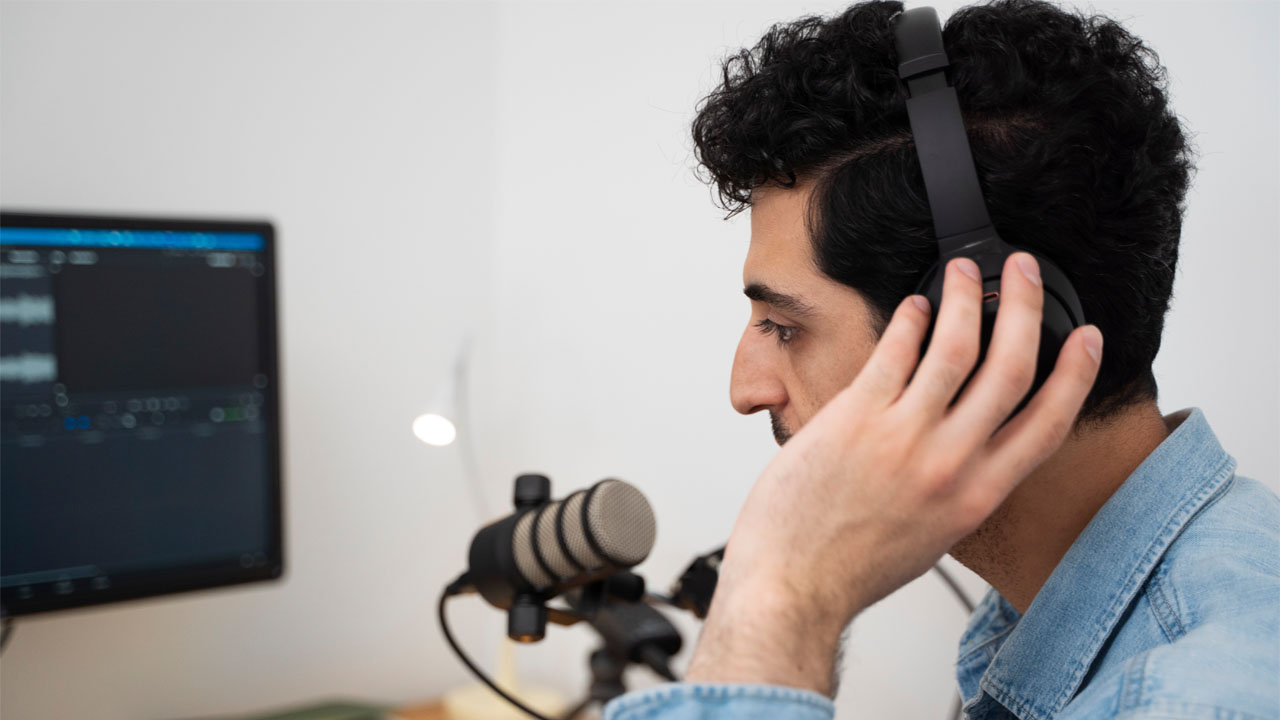
Voice cloning is a process that uses artificial intelligence to create a replica of any voice. With the help of neural networks, users clone voices from existing audio sources. Voice cloning is used for highly accurate voice impressions and is a boon for production studios.
Cloning a voice used to require long datasets, but this is no longer the case. AI-driven voice cloning is possible with just a few minutes of recording. Voice cloning software can be invaluable, offering several advantages, like saving time and money. Rather than recording each piece of content separately, one can quickly replicate a voice for new content or multiple voices.
What are text to speech tools?
Text to speech (TTS) tools generate audio files by converting text into speech in just a few clicks. Anyone can use TTS to convert written text into voice-overs and audio narration. Some popular TTS programs are Murf.ai, Typecast.ai, and Google TTS.
What is a voice changer?
Voice changers are software programs that allow users to modify their voice. They help you change the tone and pitch of your voice, add effects, and alter the speed. Some popular voice changers include MorphVox and Voice.ai. Typically, people use these tools to create exciting videos, streaming content, and audio projects.
Is Voice Cloning or TTS Better?
If you want to create a near-perfect replica of Spongebob’s voice, then a high-quality voice cloning program is the way to go. However, if you’re looking for a quick and efficient way to generate Spongebob voice text, TTS tools are the best. So if the question is which way creates a believable and high-quality Spongebob voice, the answer is voice cloning.
Voice cloning takes the guesswork out of creating accurate impressions of different voices and takes much less time than recording each voice-over individually. You can quickly generate more dynamic and natural-sounding voices by training neural networks with target voice data and audio samples from the original speaker.
Like all TTS tools, a Spongebob text to speech AI needs training data
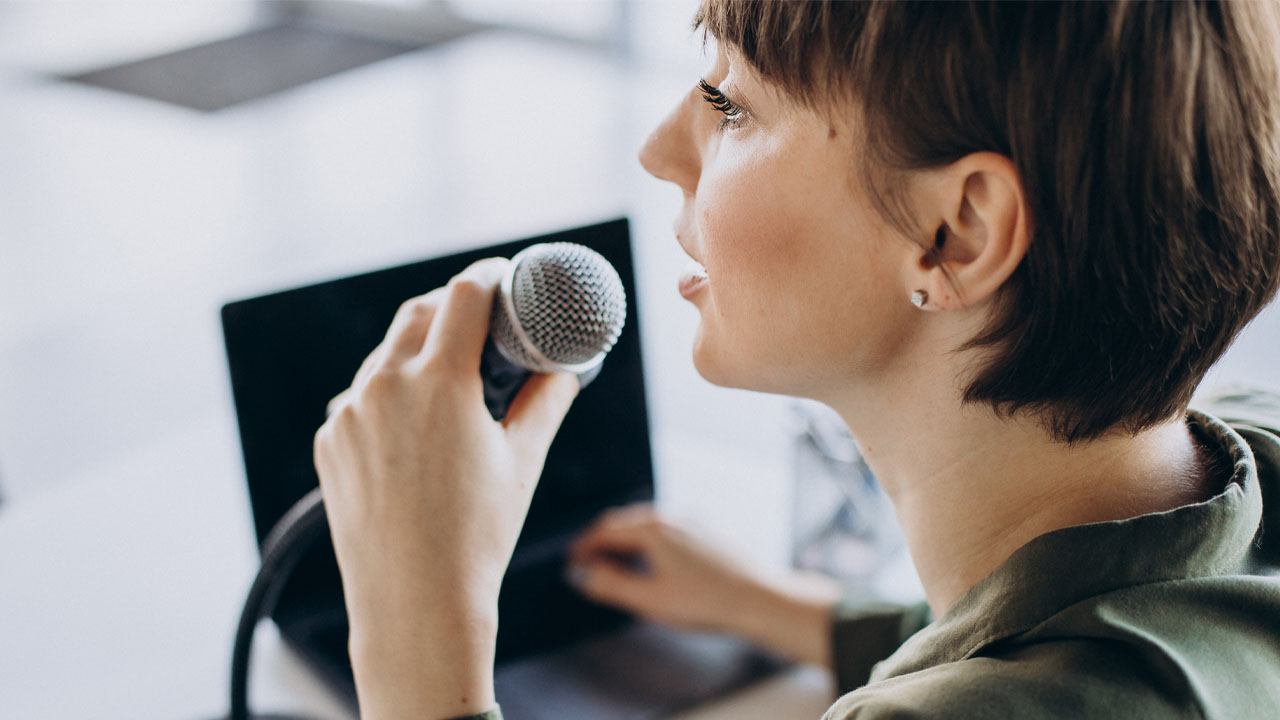
It’s difficult for anyone other than the original actor to truly capture a character’s personality, and this isn’t any different for AI-driven TTS. To make Spongebob text to speech AI believable, it needs training with actual speech data. Training your TTS tool could be daunting if done manually, but many online resources are available to facilitate the process.
Spongebob text to speech AI may use impersonators vs. authentic natural sounding voices
A prominent issue with Spongebob text to speech AI is that it relies heavily on impersonators rather than original recordings. Quality concerns exist when TTS technology relies on voice impressions rather than original characters. In addition, the voice sample data they use to build the language model rely on inconsistent recordings, which can lead to an inferior end product.
Short of paying Tom Kenny to record every line, it’s hard to get an accurate impression of someone’s voice unless they agree and you’re willing to pay them. It’s unlikely that free versions of the TTS tool will be able to capture the nuance and attention to detail that you’d get from a real actor. Moreover, if they’re a new startup, licensing voice data from a celebrity can be expensive.
Why most Spongebob Squarepants voice generators aren’t good
Several factors can lead to this problem, such as using impersonators instead of the original actor’s recorded voice or incorrect pronunciations due to the AI’s limited language understanding. This leads us to the second caveat of using Spongebob text to speech programs: accuracy.
AI-driven TTS tools can struggle to interpret text accurately, resulting in slurred words, mispronunciations, pops, crackles, and other odd sounds. To create a compelling Spongebob voice, you must invest in high-quality voice cloning technology or enlist the voice actor himself.
Spongebob’s voice is unique
These services use impressions or samples from other people who can mimic Spongebob’s voice. While this approach has some advantages, impersonation may not be the best way to go if you’re looking for a perfect and accurate imitation of Spongebob’s voice. Since Spongebob’s voice is so unique, it can be hard to create an exact Spongebob impression with an AI-driven TTS tool.
The software isn’t of good quality
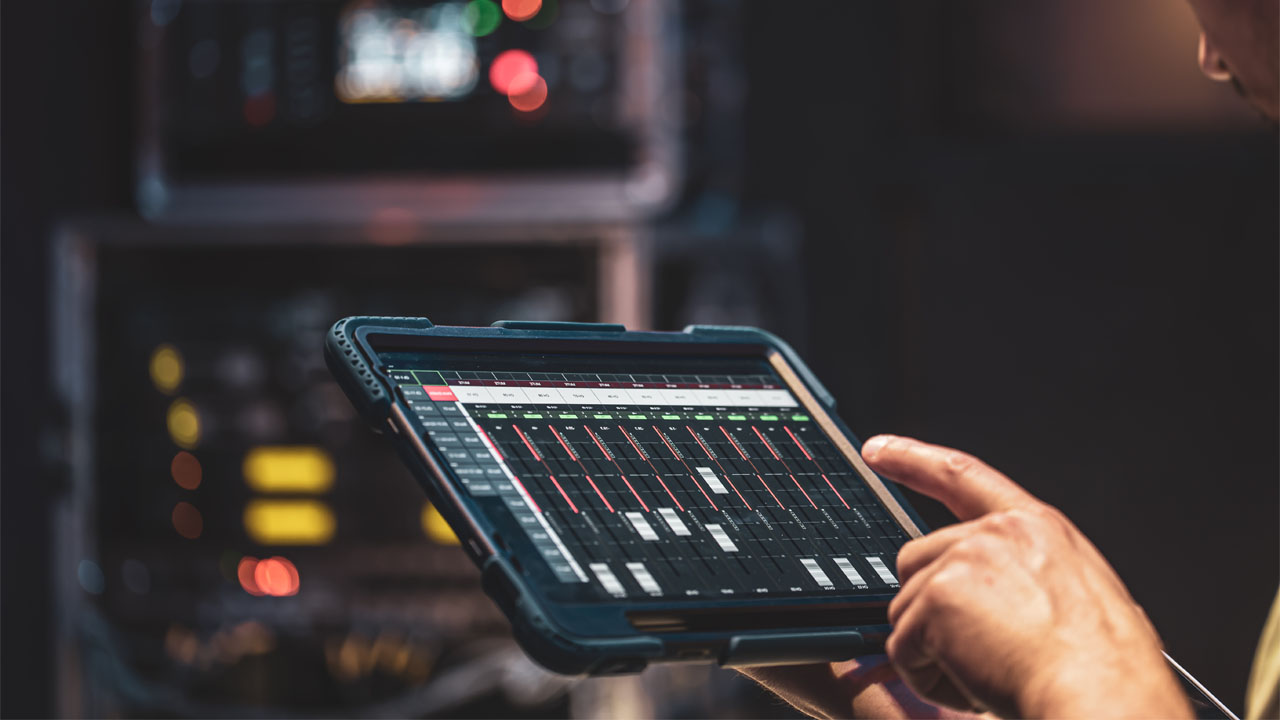
The tool is completely free, but it’s limited in terms of quality. For example, the sound of the voice in free text to speech generators isn’t as clear as you hear with other tools that may use speech samples from the original actor. The software also suffers from inaccuracies in pronunciation, occasional glitches, and performance issues.
You may run into some issues if you’re trying to make an AI rap audio file. You must invest in a high-quality tool with accurate data to make text to speech sing.
Typically, the paid version of a voice tool is better quality and can provide better results. Furthermore, free software often has voice generation limitations, up to five minutes or less. Free TTS programs may also lack user APIs and additional features, such as changing the speed of the voice, adding effects, switching to different languages, and more.
Not enough training datasets
Many TTS tools rely on machine learning models built from datasets. These datasets contain recordings of voice samples in multiple languages, which the AI uses to understand the various aspects of human language. Unfortunately, these datasets tend to be limited in size and quality, resulting in an inaccurate representation of the target voice.
TTS companies must find, pay, or source high-quality recordings from somewhere else to get an accurate representation. In this case, one might record Spongebob’s voice from one of the television reruns. Unfortunately, this is something that many companies cannot afford to do, so they make do with the limited datasets they have.
Is it a question of money? It could be, but other factors complicate the matter.
Can voice tools use celebrity or character voices?
Some companies may use an impersonator instead of the original actor’s recorded voice. While this is common, the results are often not convincing. Instead, someone might record the voice actor themselves from the many episodes of Spongebob on television.
This task is more complicated but can provide better results since you use the original actor’s voice to train your AI. While this would work, is it legal?
Yes, but it’s complicated
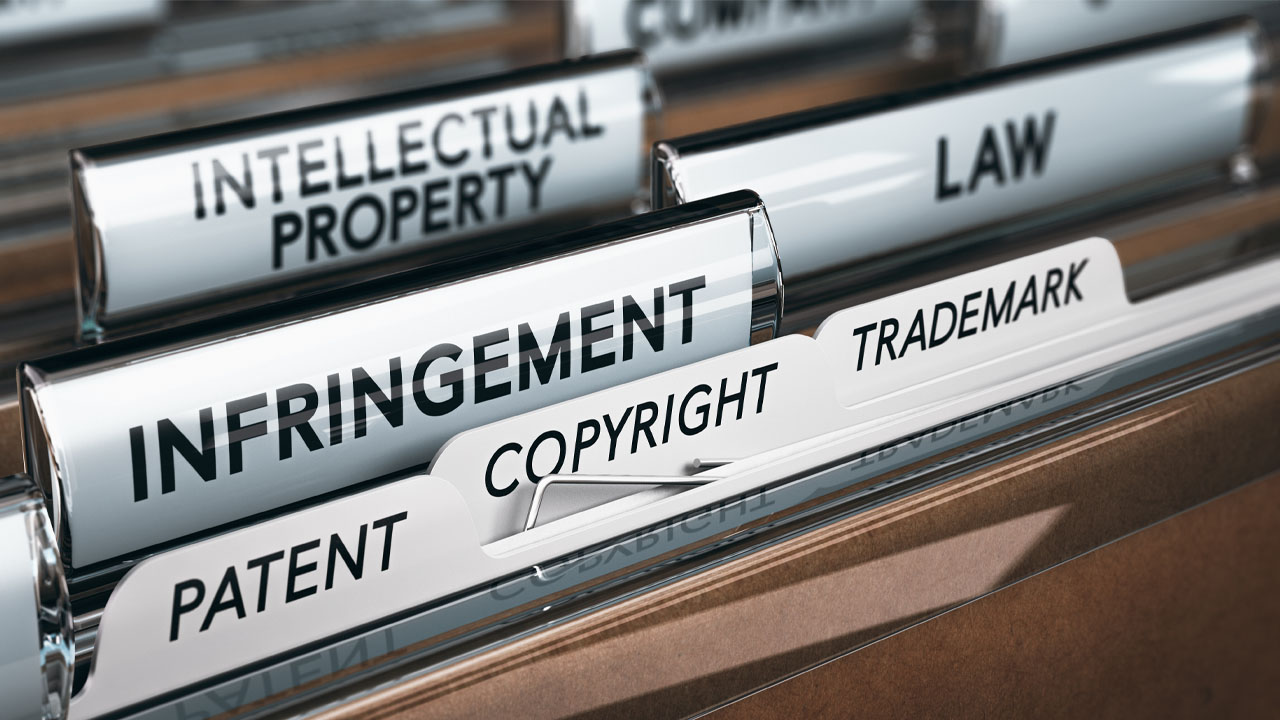
Using a celebrity or character’s voice without permission can be tricky. Most companies don’t have the legal resources to obtain usage rights. But we aren’t talking about copyright specifically. Ownership happens by owning or licensing IP.
The four types of IP are:
- Trademarks
- Patents
- Copyrights
- Trade Secrets
Your voice is integral to your identity but can’t be patented due to customary patent laws. In other words, you can’t protect “non-performing speech” because it’s considered too abstract. It would be like you talking normally every day and trying to copyright it. However, there’s always a monkey to throw a wrench into the conversation.
The wrench is a concept called “Right of Publicity.” This right allows celebrities and other public figures to control the commercial use of their name, likeness, and other aspects of their identity. This includes their voice.
Are there copyright issues with using a Spongebob voice generator?
Concerning the “Right of Publicity,” it seems like the legal issues are still foggy. It’s unclear whether a Spongebob TTS tool is legally permissible in most countries, so it’s best to remain cautious.
The answer is complicated. There are a lot of grey areas.
Even in rare cases where a person’s DNA could be eligible for protection, this doesn’t apply to the ownership of their voice. However, if the voice was taken from a Prior Work, they should receive attribution for their contribution. At the very least, copyright could also apply here.
In short, someone would be copying Spongebob’s voice from a Prior Work, which is infringement, even if the resulting AI voice doesn’t quite resemble the elements in the Prior Work. If people associate a similar voice to Spongebob, then the owner of the Prior Work could have a claim.
Most Spongebob AI voice tools aren’t good because they aren’t the real thing

The bottom line is: Most TTS program providers aren’t going to subject themselves to the legal ramifications of using a celebrity or character’s voice without permission, so most of them will use impersonations instead. The result? A less-than-satisfactory AI voice that doesn’t quite capture Spongebob’s fun and enjoyable nature.If that’s all you to look forward to, then you’ll most likely think twice the next time you say, “Siri, please read my text message in a Spongebob voice.” The original voice makes Spongebob sound lively and entertaining, so without it, these AI tools are missing a key element.


